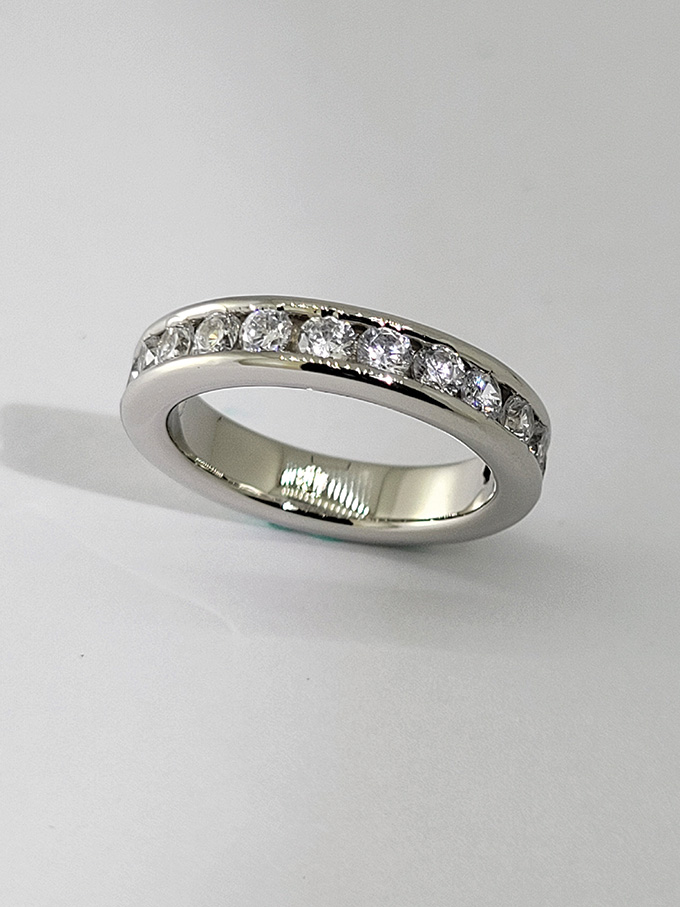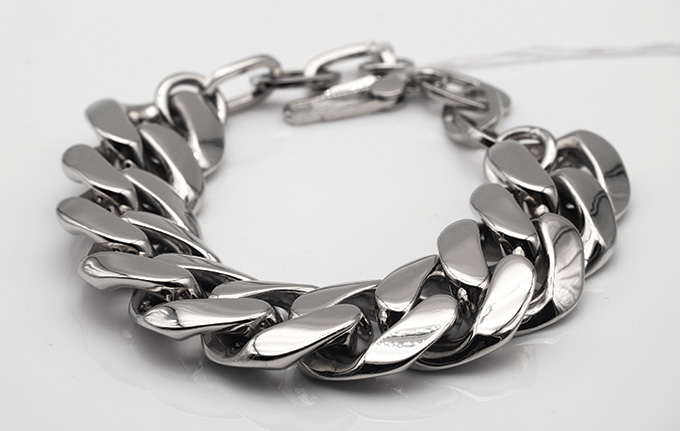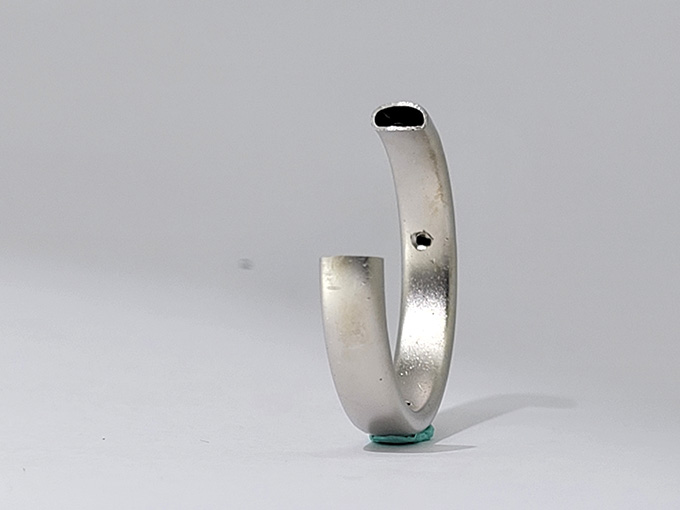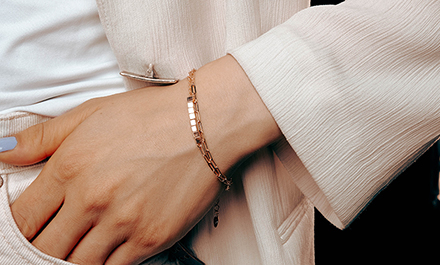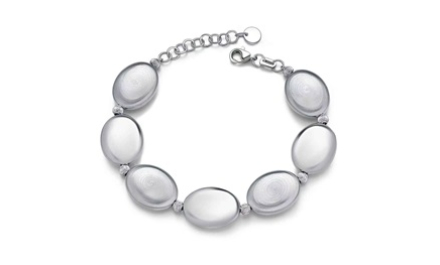Recent advancements in platinum electroforming are pushing it closer to becoming a mainstream jewellery manufacturing process that could bring about fresh business opportunities and bolder, more inventive jewellery designs.
This article first appeared in the JNA July/August 2024 issue.
Electroforming as a manufacturing technology has been around for quite a while – for gold jewellery, that is. Today, endeavours to replicate its application and success in platinum jewellery production are gradually breaking ground.
A joint study on “Improvements in Platinum Electroforming” by Platinum Guild International (PGI®) and Pino Aliprandini SA revealed that recent advances have addressed some challenges to platinum electroforming, but limitations remain. Finetuning its performance and feasibility can thus open new opportunities in the platinum jewellery marketplace, the study said.
Roadblocks
The electroforming process – an established and widely used gold jewellery-making method – involves electroplating a three-dimensional shape (mandrel or model) and depositing multiple layers of metal while soaked in an electroforming solution or bath.
As electroforming produces hollow jewellery pieces that are lighter in weight, a wall thickness of at least 150-plus micrometres (microns) must be achieved – a process that builds up internal stress, which then leads to brittleness.
It is also more difficult to convert platinum to a suitable “complex” for electroforming although a few suppliers, Pino Aliprandini included, are actively developing
innovative solutions.
Perhaps the biggest hurdle to cost optimisation and mass production is short bath life. A platinum bath can typically last for three to five turnovers before signs of deterioration start showing on electroformed surfaces. When the bath expires, it needs to be recovered and the platinum refined, which adds to the cost. By comparison, gold baths have a much longer bath life and can easily be replenished and regenerated.
Impurities and operating parameters such as pH levels, temperature and current density are significantly more sensitive in platinum solutions, according to the study.
“The cost of running a platinum bath, aside from metal cost, is substantially higher than that of gold electroforming,” the study read. “The latest research on platinum jewellery electroforming is focused on extending the bath life to increase production efficiencies and make the process more sustainable.”
Brilliant possibilities
Renewed interest in further developing platinum electroforming has resulted in significant inroads. At present, only a few electroforming systems are actively doing research and development and running tests to resolve quality issues for platinum jewellery production.
Initial trials in 2020 were promising, with samples achieving 200-plus microns in thickness, excellent surface quality, high brightness, and minute signs of brittleness. However, operating at higher parameters of platinum concentration, pH, temperature and density alongside quicker processing time resulted in the rapid build-up of internal stress and critically shortened the bath life.
More recent trials in 2023 and 2024, which operated at lower parameters with modified platinum salts, successfully contained internal stress to a minimum and enabled consistent quality. The test baths achieved reusability of over 10 turnovers without signs of deterioration on the electroformed surface.
The ability to deposit unprecedented thickness of platinum layers is also notable. Ideal thickness for platinum electroformed products is around 170 microns to 250 microns to ensure structural strength. Early trials in 2020 struggled to maintain consistent quality to reach the ideal wall thickness before defects such as microcracking and surface peelings occur. Since then, the development of new variations of platinum complex has resulted in electroformed pieces that can reach 1,000 microns in laboratory trials.
Further tests are in the pipeline to refine the process for high-volume manufacturing and improve on quality, processing time and production cost.
Latest enhancements in platinum electroforming is bringing about a great deal of excitement in the trade as it could usher in a new era for platinum – akin to the commercial success achieved by the gold electroforming category when it was rejuvenated in China as 3D and 5D gold.
Larger, durable yet lighter platinum jewellery pieces with extended surfaces, including industrial-styled “hardware” and chunky chains, can be produced using platinum electroforming technology to create unique hollow structures.
This will enable the creation of truly novel and innovative platinum products, allowing the precious metal to attract entirely new customer segments and generate incremental business for jewellery manufacturers and retailers.




